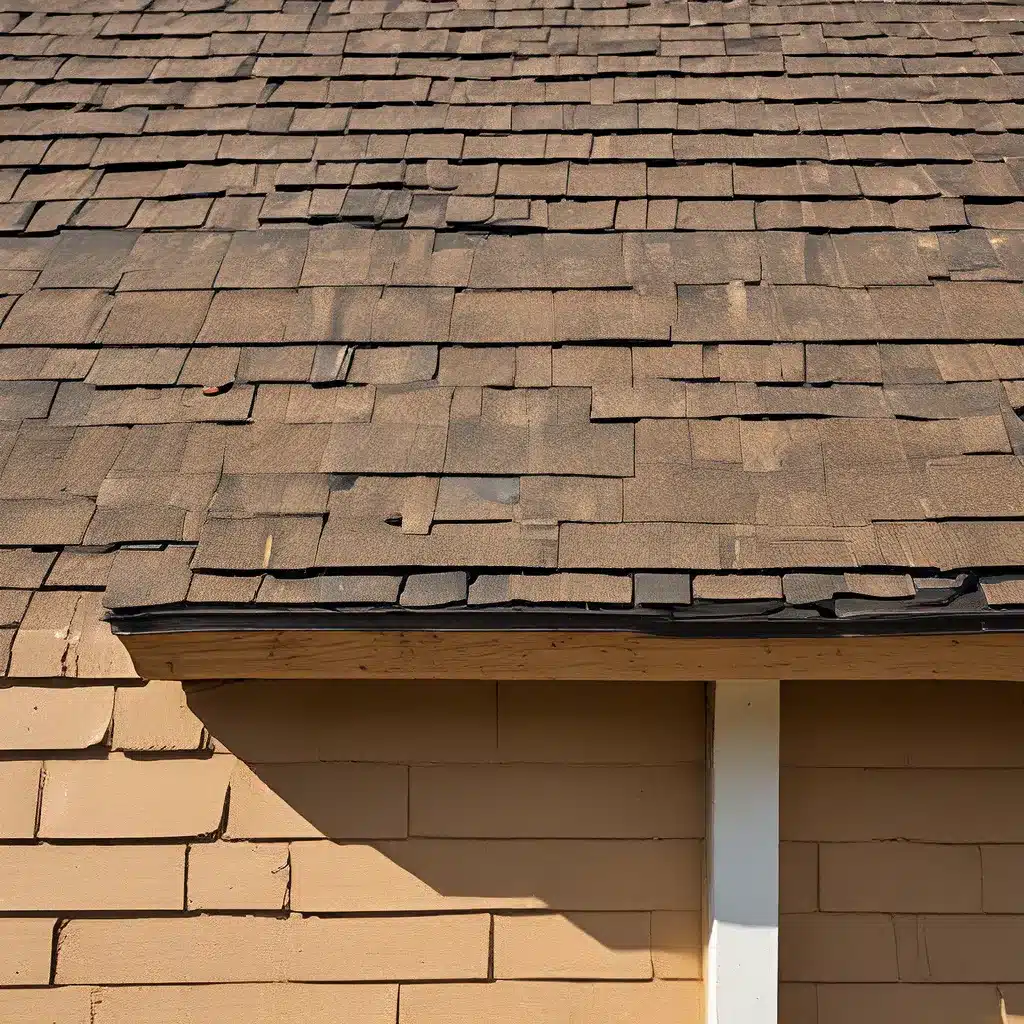
As a proud Southerner, I’ve always had a deep appreciation for the resilience and charm of our regional architecture. From the stately antebellum mansions to the cozy bungalows dotting our neighborhoods, the roofs that crown these homes are the unsung heroes in shielding us from the elements. And at the heart of this unsung heroism lies the humble yet essential roof underlayment.
The Vital Role of Roof Underlayment
When it comes to safeguarding our homes, the roof is the first line of defense. But beyond the visible shingles or tiles, there’s a critical layer that often goes unnoticed – the roof underlayment. This ubiquitous material, sandwiched between the roof deck and the outer roofing system, is the silent sentinel that guards against the harsh realities of our Southern climate.
Imagine for a moment the torrential rains that batter our region during hurricane season. Or the scorching heat that can warp and crack even the sturdiest of roofing materials. It’s the underlayment that steps in, providing a watertight barrier and thermal insulation to keep our homes dry and comfortable, no matter the weather.
But the underlayment’s role extends far beyond just protecting against the elements. It also plays a crucial part in maintaining the structural integrity of our roofs. By providing a stable foundation for the roofing system, the underlayment helps prevent sagging, leaks, and other costly issues that can arise over time.
Navigating the Underlayment Landscape
With so much at stake, it’s no wonder that choosing the right roof underlayment can be a daunting task. The market is flooded with a dizzying array of options, each claiming to be the superior choice. As a seasoned homeowner, I’ve had my fair share of experiences navigating this landscape, and I’m here to share my insights.
One of the key factors to consider when selecting an underlayment is the climate in your local area. In the scorching summers and heavy rainfall of the South, a synthetic underlayment is often the way to go. These advanced materials are designed to be more durable, tear-resistant, and waterproof than their traditional counterparts, making them a wise investment for our region.
Another crucial consideration is the roof type you have or plan to install. Different roofing materials require different underlayment specifications, and getting the match right is essential for optimal performance. For example, if you have a metal roof, you’ll want to look for an underlayment that can withstand the higher temperatures and potential for condensation.
Southern Roofing Company has been a trusted partner for homeowners like myself, guiding us through the nuances of roof underlayment selection. Their certified roofing specialists are well-versed in the unique challenges faced by Southern homes and can make personalized recommendations to ensure your roof is properly protected.
The Hidden Benefits of Roof Underlayment
As I’ve come to realize, the benefits of a well-chosen roof underlayment extend far beyond just protecting against the elements. In fact, the right underlayment can also contribute to the energy efficiency and longevity of your entire roofing system.
Take, for example, the thermal insulation properties of certain underlayment materials. By reducing heat transfer through the roof, these specialized products can help lower your energy bills and keep your home more comfortable year-round. And when it comes to the lifespan of your roof, a robust underlayment can actually extend the service life of your shingles or tiles, saving you from the hassle and expense of premature replacement.
But the true unsung hero status of the roof underlayment becomes most apparent during unexpected events. When a sudden storm rips through the region, leaving a trail of damaged roofs in its wake, it’s often the underlayment that steps in to prevent further catastrophic water intrusion. By acting as a secondary barrier, the underlayment can buy valuable time for homeowners to assess the situation and arrange for necessary repairs, potentially saving thousands in water damage costs.
Embracing the Underlayment Evolution
As with many aspects of home improvement, the world of roof underlayment is constantly evolving. Researchers and manufacturers are continuously pushing the boundaries, developing new materials and techniques to enhance the performance and durability of this essential roofing component.
One particularly exciting area of innovation is the integration of renewable or recycled materials into underlayment formulations. By incorporating sustainable resources, these next-generation products are not only more environmentally friendly but also often more cost-effective for homeowners.
Moreover, the digital revolution is starting to leave its mark on the underlayment industry. Smart underlayment solutions, equipped with sensor technology, are now emerging, allowing homeowners to monitor the health of their roofs in real-time and catch potential issues before they escalate.
As I look to the future, I can’t help but feel a sense of optimism about the role of roof underlayment in Southern home protection. While it may not be the flashiest or most glamorous aspect of our roofing systems, it is undoubtedly the unsung hero that keeps our homes safe, comfortable, and standing strong against the ever-changing elements.
So, the next time you find yourself admiring the handsome facade of a well-maintained Southern home, take a moment to appreciate the hardworking underlayment beneath the surface. It may be the quiet guardian, but it’s a critical component that deserves our recognition and respect.